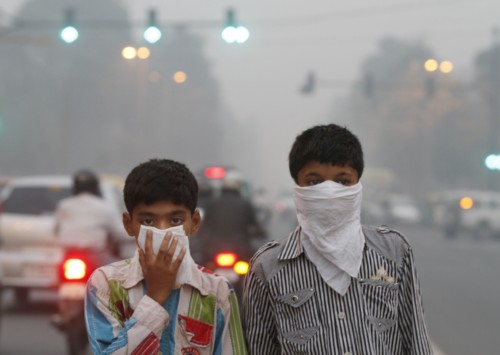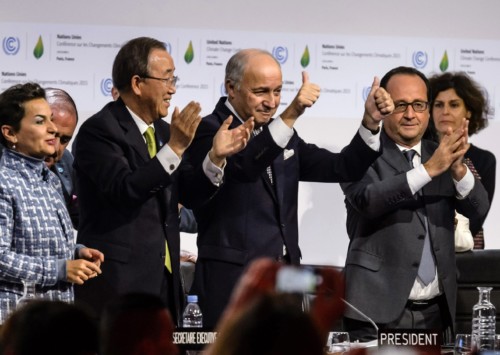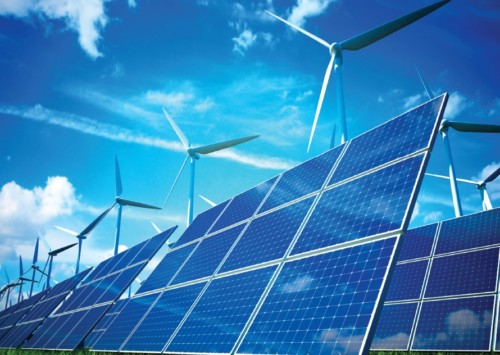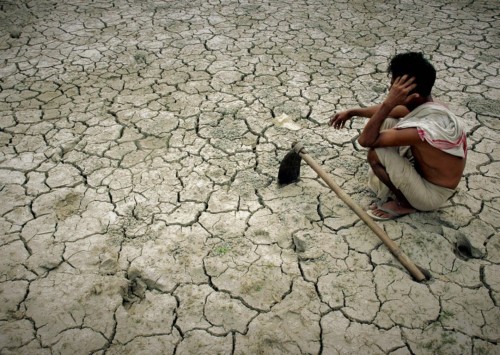Climate change and global poverty
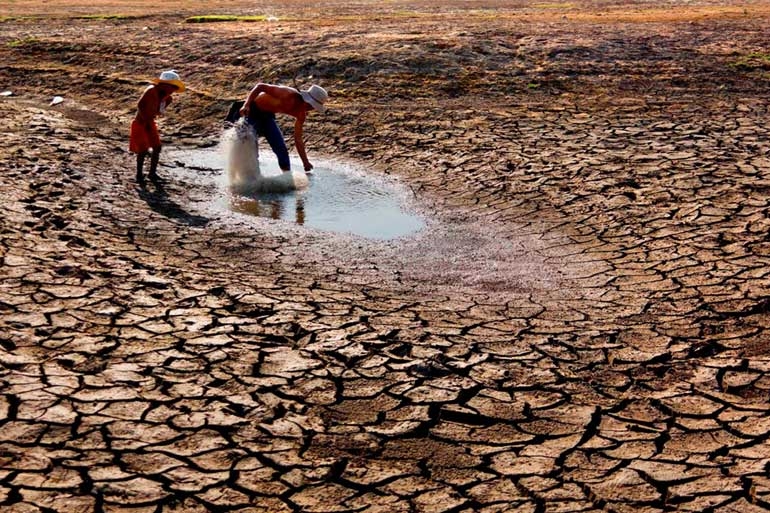
Climate-related disasters have lopped off significant points from the GDPs of many poor nations in the past decade and pushed them closer to the brink
World leaders continue to pay lip service to climate protection as the poorest, in poor and rich nations, continue to pay the price for inaction.
Barely two months after the world’s ‘climate champions’, gathered in Polish coal city of Katowice, finished yet another fruitless meet in a bid to tackle climate change comes the report that the rate of ice melt in Antarctica continues to accelerate, raising the sea levels across the globe.
The study says that ice loss in Antarctica has increased from 40 billion tonnes a year in 1979 to 252 billion tonnes in 2015. The continent holds a majority of the planet’s ice and if all of that were to melt, it would cause the average sea level to rise by over 57 metres. The alarming acceleration in melting of ice is bound to send shivers down the spines of leaders of many developing and least developed nations, who can not even begin to imagine a world with that kind of rise in sea levels as they are already fighting a losing battle, with sea level rising only by a few centimetres.
A large majority of these are island states in the Pacific and Indian Oceans that are already facing existential threats due to rising sea waters flooding their low-lying areas, such as the Maldives, which is losing islands at a rapid clip to the sea, or Bangladesh, which has seen a record rise in soil erosion all along its coastline as well as in the Ganges delta, leading to the destruction of thousands of sq km of wetlands that acted as a buffer and protected the coastline from the numerous cyclones that hit Bangladesh all year long.
According to a study by the United Nations Office for Disaster Risk Reduction, the sharp rise in the number of natural disasters caused by the vagaries of climate has seen annual direct economic losses jump from USD 895 billion in 1997 to USD 2300 billion in 2017. The sum represents a significant hit even for a well-to-do economy like the United States and for poorer countries it is nothing short of ruinous. Climate-related disasters have lopped off significant points from the GDPs of many poor nations in the past decade and pushed them closer to the brink.
Even within a country, the negative effects of climate-related disasters seem to impact the poor communities much more significantly than the rich for various reasons, many of the obvious. For instance, while the rich may be able to weather a flood or a drought, for the poor, the results can be catastrophic, ranging from their homes getting damaged by floods and their crops ruined by floods or droughts. The disruption of normal life by floods or other natural catastrophes also hits the poor the hardest as many of them survive on daily wages and can ill-afford any breaks in their work, even for a day. Those with the smallest carbon footprint, who have had the least role in climate change, end up paying the highest price of these disasters. According to a study, climate-disasters killed thousands of people, mainly in the developing world and caused damage and economic losses of over USD 320 billion in 2017. The first estimates for 2018 are even worse as there was a sharp rise in major disasters, with 10 events that led to damages of over USD 1 billion each.
While the disasters and their immediate aftermath does get attention, the rise in frequency of these disasters also means that the global attention towards these events is rather short. But the poor, who are the worst impacted and have no insurance coverage and depend on government or civil society handouts to rebuild their lives, often end up struggling for years to rebuild their lives and come back to the economic level where they were before the disaster.
Climate change causing conflict
Another issue which goes unnoticed is that climatic changes tend to exacerbate violent conflicts that often grip the poorest places in the world. Take the example of Mali, the west African nation, which has been in a turmoil over battles between the government and a clutch of Tuareg rebels and Islamic state forces for over a decade. The lives of the poor in the Sahel desert area of northern Mali had already been disrupted by the war, as they fled homes to seek shelter from the bombs and the bullets. To add to their misery, the entire region has been in the grip of extreme drought, pushing these civilians on the verge of famine and even making the rebel armies fight amongst themselves over the few remaining water sources.
Terrible as it may be, the situation of the Malinese is hardly unique. Climate change can also induce wars or worsen the tensions between neighbouring nations as rivers or lakes dry up. The list of challenges is endless, yet there seems to be no sense of urgency or even a clear direction that the world must take to tackle the climate change phenomenon head on and with a coordinated, global strategy to immediately arrest the accelerating rise in carbon emissions.
While scientists have been pleading for an immediate and drastic cut in these emissions, the reality on the ground is just the contrary as after years of no-growth, the world has been pumping out carbon dioxide, the gas primarily responsible for global warming, at a furiously rising rate. Carbon emissions grew by 1.6 pc in 2017 and by 2.7 pc in 2018, to hit an all-time high of over 37 billion tonnes. While the United States saw its emissions rise by 2.5 pc, while China grew at 4.5 pc and India at 6.3 pc, though on a per capita level, India’s emissions continue to represent a fraction of that of the developed nations. Even the European Union, which had been the best student of the battle against carbon footprint for years, saw its carbon emissions stop their downward march. The poor are already paying for climate change, often with their lives, in big numbers. How long can the global envirocrats sleep over this?

